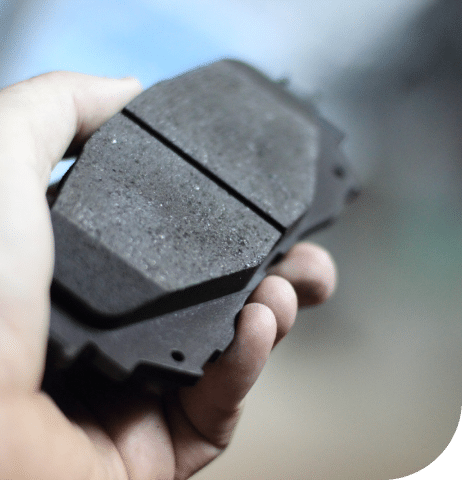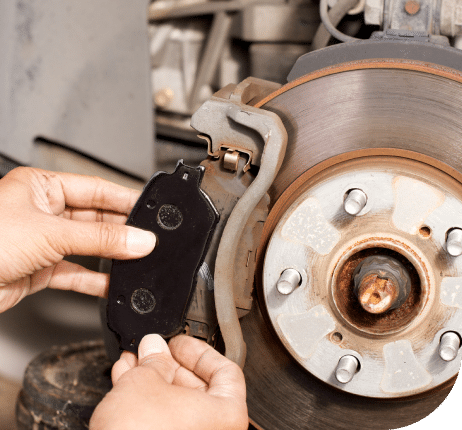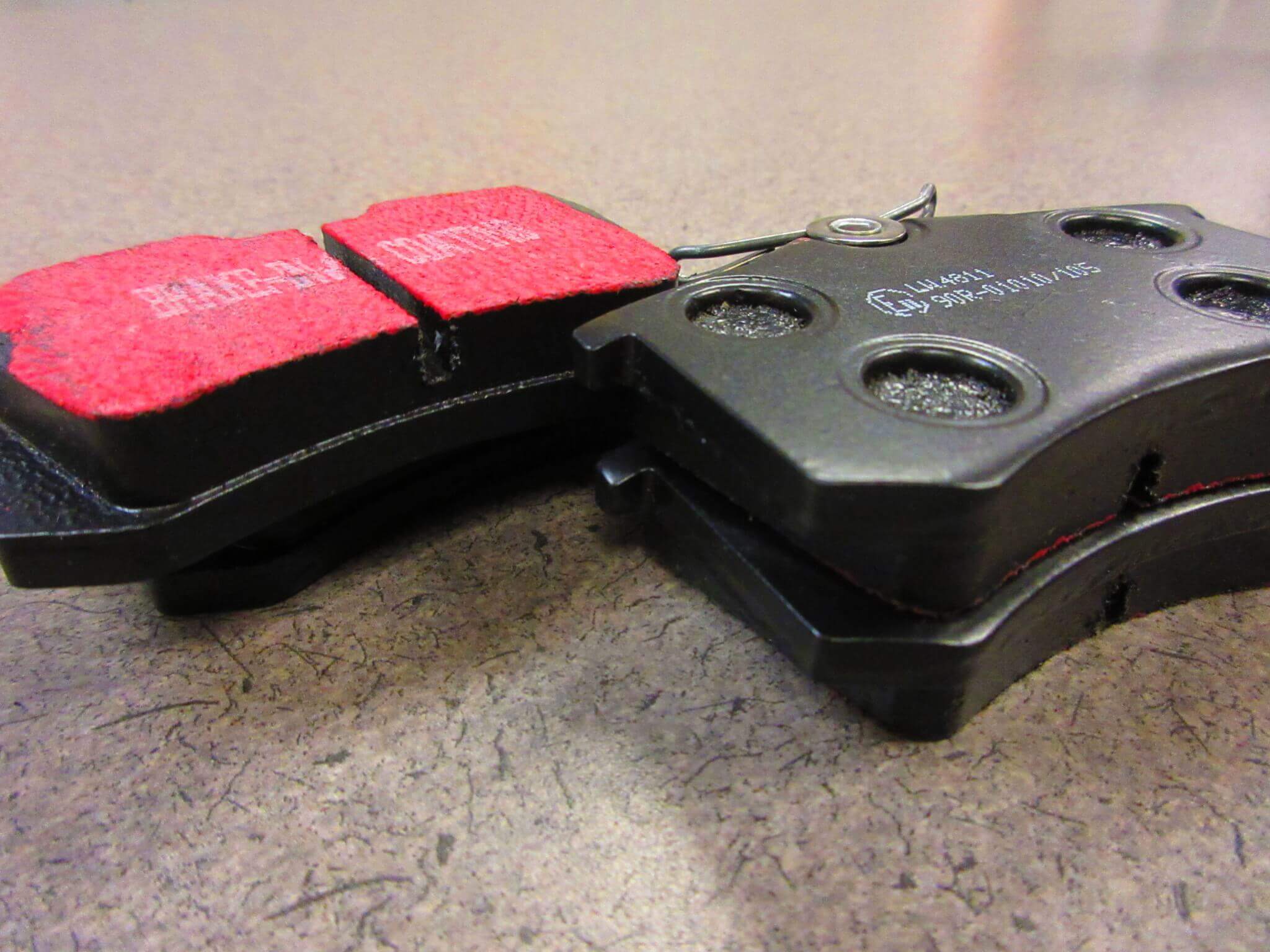Are you concerned about the safety of your vehicle’s brake pads? You might have heard about the dangers of asbestos once used in them.
Asbestos was a common material in brake pads, but its health risks have led to its replacement. So, what exactly has taken its place? The answer to this question not only impacts your safety on the road but also offers insights into how the auto industry has evolved to protect you and your loved ones.
We’ll uncover the materials now used in brake pads, their benefits, and why they’re a crucial part of your vehicle’s safety system. Ready to discover what keeps you safe every time you hit the brakes? Read on to find out more.
The Need For Asbestos Alternatives
Asbestos was used in brake pads for years. It helped stop cars safely. But it was found to be dangerousfor health. Asbestos fibers could cause lung problems. People needed safer options. New materials were found to replace asbestos. These materials were safeand strong. They helped brakes work well. No more asbestos fibers in the air. Brake pads are now safer for everyone.
Brake makers chose non-toxicmaterials. These include ceramics and organic fibers. Ceramics are heat-resistant and last long. Organic fibers are eco-friendly. These materials keep brakes safe and clean. People can drive without worry. Brake pads keep us safe on the road.
Dangers Of Asbestos In Brake Pads
Asbestoswas once used in brake pads for its heat resistance. People did not know its dangers. Breathing in asbestos dust can cause serious lung problems. This includes diseases like asbestosisand mesothelioma. Asbestos fibers are very small. They can easily get into the air. Mechanics working on brakes were most at risk. They breathed in these harmful fibers. This made brake repair a dangerous job. Now, safer materials are used.
Asbestos dust can settle on clothes. This can spread fibers to homes. Families of workers were at risk too. Governments have banned asbestos in many places. This helps protect people from its dangers. New materials are safer for workers and families. Brake pads today use modern materials. They are designed to be safe and effective.
Ceramic Brake Pads
Ceramic brake pads are made from ceramic fibers. They are very strong. Unlike asbestos, they are safe to use. These pads help cars stop smoothly. They make less noise. They also create less dust. This keeps wheels clean. Ceramic materials last a long time. They can handle high heat. This is good for brake pads. It means they work well, even when hot.
Ceramic brake pads give a quiet ride. They make less noise than other pads. They also reduce vibrations. This makes driving more comfortable. Their performance is steady. Even in different weather, they work the same. They are also lighter than other pads. This makes cars more efficient. Drivers like how they feel. The brakes respond quickly. This gives drivers more control. Ceramic pads are a great choice for many cars.

Credit: www.lanierlawfirm.com
Metallic Brake Pads
Metallic brake pads are made with various metallic components. They include iron, copper, steel, and other composite materials. These metals are mixed to create a durable pad. The pad can handle high temperatures and hard braking.
Metallic pads offer many benefits. They are very durableand last a long time. They provide excellent stopping power. They work well in all weather conditions. Metallic pads are also cost-effective. They are cheaper than other options. They are great for heavy vehicles. Trucks and buses use them often. Metallic pads are strong and reliable.
Organic Brake Pads
Organic brake pads are made from natural fibers. These fibers include rubber, glass, and resins. They do not contain any metal or asbestos. This makes them safer for health and the environment. These pads are also softer. They produce less noise during braking. This improves the driving experience.
Organic pads are eco-friendly. They do not release harmful dust. The materials are easier to recycle. This helps in reducing waste. They also perform well in various conditions. This makes them a popular choice. Drivers choose them for their safety and environmental benefits.

Credit: www.lanierlawfirm.com
Semi-metallic Brake Pads
Semi-metallic brake padsare made from strong metals. They mix copper, iron, and steel. This makes them tough. They handle high heat well. So, they are safe for stopping cars. They last a long time too. These pads work great in many conditions. Rain or shine, they stop cars quickly. Their durability is impressive. They don’t wear out fast. This means fewer replacements. These pads are cost-effective.
Semi-metallic pads fit many types of vehicles. They are good for heavy trucks. They handle weight well. Small cars use them too. They offer great stopping power. Race cars need quick stops. These pads are perfect for them. They suit city driving well. They offer strong braking in traffic. SUVs also use them. They help in rough terrain. Semi-metallic pads are versatile. They fit many vehicle needs.
Comparing Brake Pad Alternatives
Brake pads need to stop cars fast. Ceramic brake pads are smooth and quiet. They make less dust. Metallic brake pads are strong and long-lasting. They work well in all weather. Organic brake pads are soft and gentle. They are kind to the environment. Each type has pros and cons. Choose based on your need.
Ceramic brake pads cost the most. They last long and need less care. Metallic brake pads are cheaper. They last a long time too. Organic brake pads cost the least. They wear out faster. Price depends on quality and brand. Think about long-term costs. Spending more now might save money later.
Future Trends In Brake Pad Materials
Brake pads are changing fast. New materials are making them better. Ceramic and organic pads are now popular. They last longer and make less noise. Metallic pads are strong and good for heavy vehicles. Carbon fiber is light and helps cars stop quickly. These materials make driving safer.
Some pads even have sensors. These sensors tell drivers when pads need replacing. This helps keep cars safe on the road. Smart technology is improving brake pads all the time. It makes cars more reliable. Engineers work hard to find new solutions. This keeps cars running well.
Brake pads need to be kind to the earth. Old pads had harmful materials. New pads are better for the planet. Organic pads use natural fibers. This helps reduce pollution. Recyclable materials are also used. This means less waste.
Many companies care about the environment. They make pads without toxins. This keeps air clean and safe. Green technology is important for future cars. Drivers now choose eco-friendly options. This helps protect nature for everyone. Brake pads are becoming more sustainable every day.

Credit: www.freedoniagroup.com
Conclusion
Brake pads evolved beyond asbestos, ensuring safety and efficiency. Modern materials like ceramic, Kevlar, and organic compounds now lead the way. These materials offer better heat resistance and durability. They reduce dust, noise, and wear. Auto industry experts prioritize health and environmental safety.
Brake pad technology continues to improve for better performance. Drivers can rely on these advancements for a smoother ride. Understanding material benefits helps in making informed choices. Ensure your vehicle uses safe, reliable brake pads. Keep safety in focus. Choose materials that protect both you and the environment.
